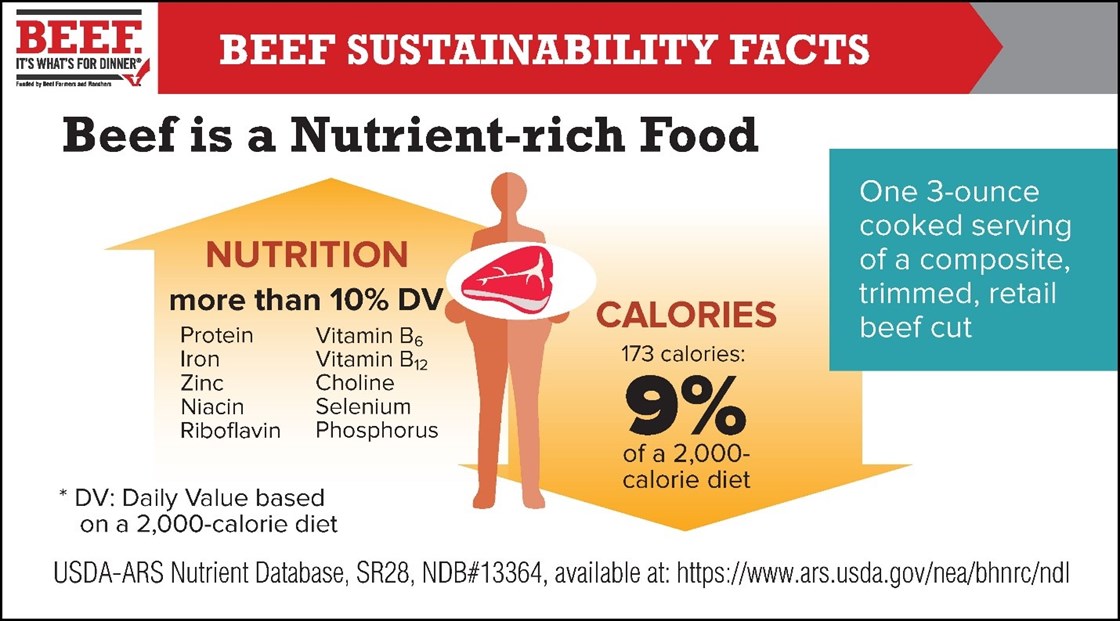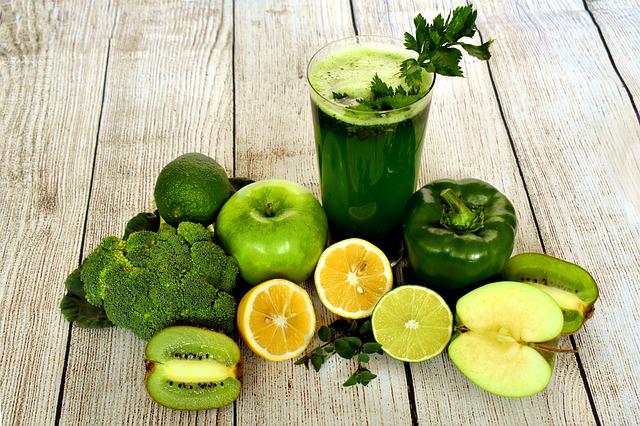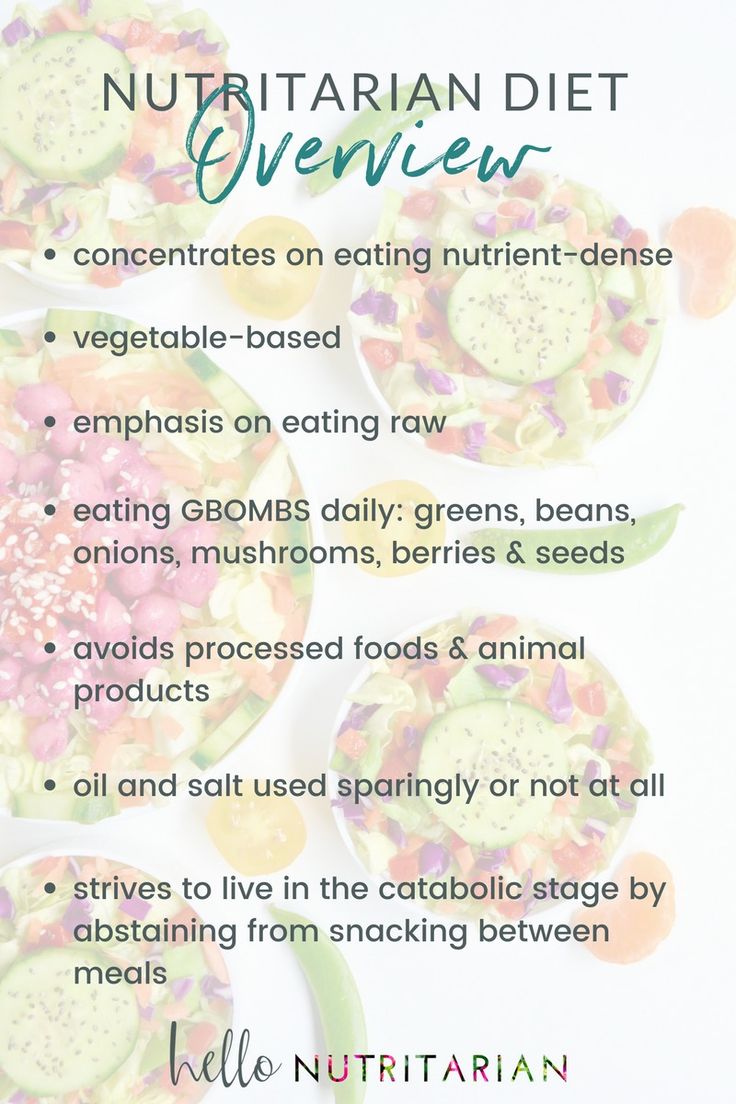
Clean eating is a popular diet trend that advocates eating more whole foods and limiting processed foods. You'll want to avoid foods that are high in fat and sugar and limit added sugar and artificial sweeteners. Although it may seem difficult, this diet will improve your health. Here are some tips to get you started.
Whole foods
One of the fundamental principles of clean eating is to eat whole foods. Whole foods are foods that have been preserved in their natural state. This includes fruits, vegetables as well legumes and whole grains. Avoid processed food, which contains additives and fillers. Whole foods may have less calories and less sugar than processed foods.
Whole foods include meat, dairy, eggs, grains, fruits and vegetables as well as beans. This diet excludes processed foods that contain added sugar. It is time-consuming, but the end result is rich in nutrition.
Avoiding processed foods
It can be challenging to avoid processed food for clean eating. While it might be tempting to consume frozen or pre-chopped vegetables, these foods can actually be highly processed. They are often lacking in the nutrients you need and have high amounts of sugar and calories. In addition, processed foods don't make you feel full like fresh produce does.

There are healthy alternatives to processed food. You can search for healthier alternatives to the food you eat every day by consulting a health foods guide. One great way to avoid processed foods is by identifying their ingredients. It is important to read labels on all packaged foods and search for products that contain minimal additives.
Limiting added sugars
The Dietary Guidelines for Americans recommend that added sugar intake be limited to less 10 percent of daily calories. However, this recommendation was criticized by a scientific advisory group, who recommended a lower limit of 6 percent per day. These guidelines also suggest that we limit the intake of sweet snacks and dairy products and encourage us to eat foods with less added sugars.
Sugar can be found in many forms. This makes it hard to know how much sugar is actually added to food or beverages. Food manufacturers might use more than one type of sugar in some cases and will list them on their nutritional labels. All sugars can be processed by your body the same. For example, your body doesn't distinguish between honey and brown sugar. It's crucial to understand labels and identify where added sugars originate.
Limiting artificial sweeteners
Artificial sweeteners are used to increase sweetness and reduce calories. Although some of them can be useful, they are also not healthy. You should limit their use to a minimum. Be sure to carefully read labels in order not to buy artificial sweeteners.
Studies have shown that artificial sweetness may cause metabolic syndrome. This increases your chance of stroke, heart disease and diabetes. They can also alter the microbiota of your gut. These changes can cause obesity, metabolic syndrome, or diabetes.

Limiting trans fats
Limiting trans fats in your diet is important if you want to stay within the clean eating guidelines. American Heart Association (AHA), recommends that trans fats be limited to two grams daily. That recommendation is for both naturally occurring and trans fats found in processed food. Even though many products claim to be trans fat-free, this doesn't mean that they are. Trans fat can be found in some processed foods up to 0.5g per serving.
Trans fats are known to have numerous adverse effects on your body, including raising cholesterol. FDA mandates that processed foods be free from artificial trans fats in order to lessen their harmful effects. People should instead choose unhydrogenated vegetable oils such as sunflower, canola and safflower. Avoid trans fats in processed foods by checking the ingredient label.
FAQ
What is the problem?
BMI stands For Body Mass Index. It is a measurement of body mass based on height and/or weight. BMI is calculated using the following formula:
Weight in kilograms divided with height in meters.
The result can be expressed as a number, ranging from 0 through 25. Scores between 0 and 25 indicate obesity. Scores higher than 18.5 are considered overweight. Scores higher than 23 are considered obese.
A person who is 100kg and 1.75m tall will have a 22 BMI.
What are the 10 most delicious foods?
The following are the 10 best foods to consume:
-
Avocados
-
Berries
-
Broccoli
-
Cauliflower
-
Eggs
-
Fish
-
Grains
-
Nuts
-
Oats
-
Salmon
How do I measure body fat
A Body Fat Analyzer can be used to measure body fat. These devices are used for measuring the percentage of body fat in people who want to lose weight.
Which diet is best for me?
Your age, gender, body type, and lifestyle choices will all impact the best diet. You also need to consider how much energy you expend during exercise, whether you prefer low-calorie foods, and if you enjoy eating fruits and vegetables.
Intermittent Fasting is an alternative to traditional fasting if you are looking to lose weight. Intermittent fasting allows you to consume only specific meals throughout your day rather than three large meals. You might find this way to be more beneficial than traditional diets, which have daily calorie counts.
Some studies have suggested that intermittent fasting might improve insulin sensitivity. It may also reduce inflammation. This can lead to a reduction in blood sugar levels, and less risk of developing type 2 diabetes. Research suggests that intermittent fasting can promote fat loss and improve overall body composition.
Statistics
- WHO recommends consuming less than 5% of total energy intake for additional health benefits. (who.int)
- In both adults and children, the intake of free sugars should be reduced to less than 10% of total energy intake. (who.int)
- WHO recommends reducing saturated fats to less than 10% of total energy intake; reducing trans-fats to less than 1% of total energy intake; and replacing both saturated fats and trans-fats to unsaturated fats. (who.int)
- nutrients.[17]X Research sourceWhole grains to try include: 100% whole wheat pasta and bread, brown rice, whole grain oats, farro, millet, quinoa, and barley. (wikihow.com)
External Links
How To
How to stay motivated to exercise and eat healthily
Motivation tips for staying healthy
Motivational Tips for Staying Healthful
-
Write down your goals
-
Set realistic goals
-
Be consistent
-
Reward yourself when your goal is achieved
-
Even if you make a mistake, don't quit!
-
Have fun